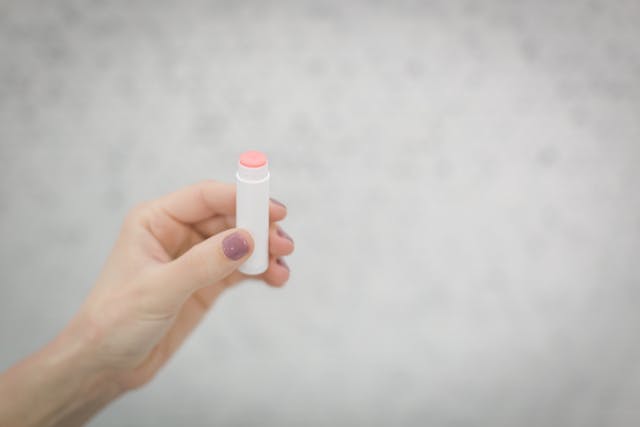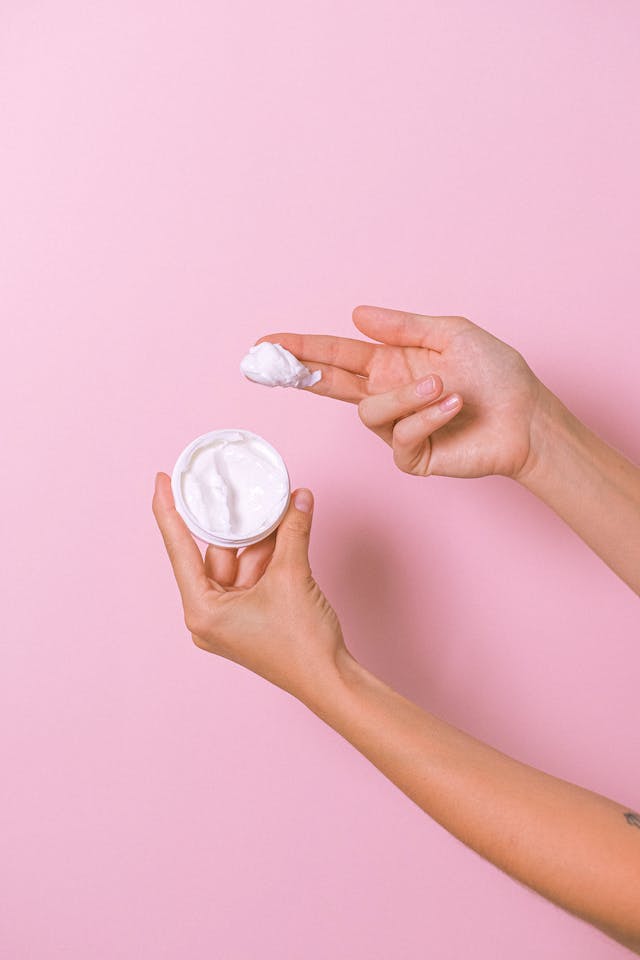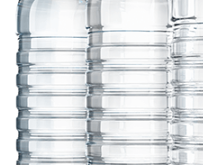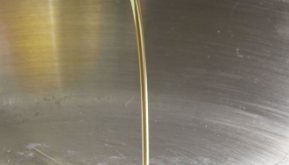A chemical compound used in most sunscreens as a UV Filter has been found to have endocrine-disrupting effects, including its possible estrogenic activity.
The chemical compound is called 4-MBC, or Methyl benzylidene Camphor.

Many studies have observed estrogenic effects, which means it mimics or interferes with estrogen in the human body.
This chemical compound is not just in sunscreen but many cosmetics as well.
Understanding 4-MBC
4-MBC, chemically identified as 3-(4-methylbenzylidene) camphor, is a synthetic organic compound primarily employed as a UV filter in sunscreens and other personal care products.
4-MBC’s ability to absorb UV radiation makes it a popular ingredient for industry product formulas.
4-MBC entered the market in the late 20th century and has become a popular ingredient in cosmetic and skin care items.
Health Concerns Associated with 4-MBC
Recent scientific research found that there are potential health risks associated with 4-MBC.
They found that 4-MBC exhibits endocrine disrupting properties that interfere with hormones and disrupt the body’s endocrine system.
There is also evidence that 4-MBC is carcinogenic to the human body, increasing cancer risk.
Here are some issues related to endocrine disruption:

- Reproductive Problems
- Developmental Disorders
- Endocrine Related Cancers
- Metabolic Disorders
- Thyroid Dysfunction
- Immune System Dysfunction
- Neurological Disorders
- Cardiovascular Disorders
- Disruption of Endocrine Function
Environmentally, there is concern over the bioaccumulation in ecosystems.
Regulatory Status and Industry Response
The regulatory landscape surrounding 4-MBC varies across different jurisdictions.
Some countries have placed restrictions on its use in cosmetics and skin products, others have not.
4-MBC was banned in Europe in 2015.
Some consumer concerns have been voiced and some companies within the cosmetic industry have begun to experiment with new options to phase 4-MBC out, but you must check your labels.
Labels don’t always tell the entire story, sometimes you must do some digging on your favorite products.
I personally quit using sunscreen 3 years ago when I learned that if you quit eating Omega 6 Linoleic acid Seed Oils, you won’t get burned and your skin is fine with the sun.
Consumer Awareness and Safe Alternatives
Once again, use vigilance choosing skin care products.
Familiarize yourself with common chemical ingredients and identify products with those chemicals.
Find brands that are free of these chemicals. Ask them. It’s up to you how much time you want to put in to remove hazardous chemicals from your body.
Once you find chemical free companies, support them. It can change the industry.
Finally, new studies raise concern over 4-MBC in our skin care products and the impact on our health and environment.
The endocrine disrupting effects and carcinogenic effects are not something to brush off. No, you won’t die today but slow poison is still poison.
Do your homework on your favorite products and find new ones if they have bad chemical compounds.
Here are some common products containing higher levels of 4-MBC include:
1. Sunscreen Lotions: Many sunscreen lotions, especially those marketed as broad-spectrum or high SPF (Sun Protection Factor) formulations, may contain 4-MBC as one of the active ingredients to provide UV protection.
2. Sunscreen Creams and Gels: Sunscreen lotions, creams, and gels designed for sun protection may incorporate 4-MBC as a UV filter to prevent skin damage from UV radiation.
3. Lip Balms and Lipsticks with SPF: Lip products formulated with SPF for sun protection may include 4-MBC among their active ingredients to shield the delicate skin on the lips from UV rays.
4. Moisturizers with SPF: Some moisturizers, especially those marketed as daytime or daily moisturizers with added sun protection, may contain 4-MBC to offer dual benefits of hydration and UV protection.
5. Foundation and Face Makeup with SPF: Foundations, tinted moisturizers, and other face makeup products may contain SPF for sun protection, and 4-MBC could be among the ingredients used for this purpose.
6. Body Lotions and Creams with SPF: Body care products such as lotions and creams that offer sun protection may utilize 4-MBC as one of the UV-filtering agents.
7. Anti-Aging Products with Sun Protection: Anti-aging skincare products that incorporate sun protection properties, such as day creams or serums targeting sun damage, may include 4-MBC among their active ingredients.
8. Hair Care Products with UV Protection: Hair care products like leave-in conditioners, serums, or sprays with UV protection may contain 4-MBC to safeguard hair from UV-induced damage.
9. Outdoor Sports Sunscreens: Sunscreens specifically formulated for outdoor activities such as swimming, sports, or prolonged sun exposure may contain higher levels of 4-MBC to provide enhanced UV protection.
10. Children’s Sunscreens and Baby Sun Care Products: Sunscreens and sun care products designed for children and babies may also contain 4-MBC formulations tailored for sensitive skin and gentle sun protection.
 Growing Younger Everyday What Works For Me
Growing Younger Everyday What Works For Me





